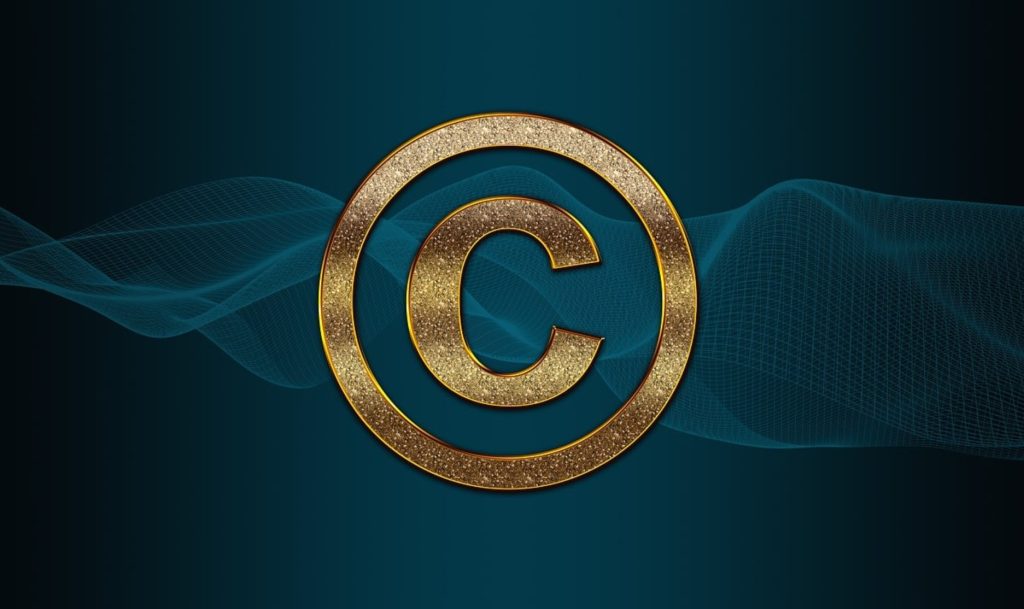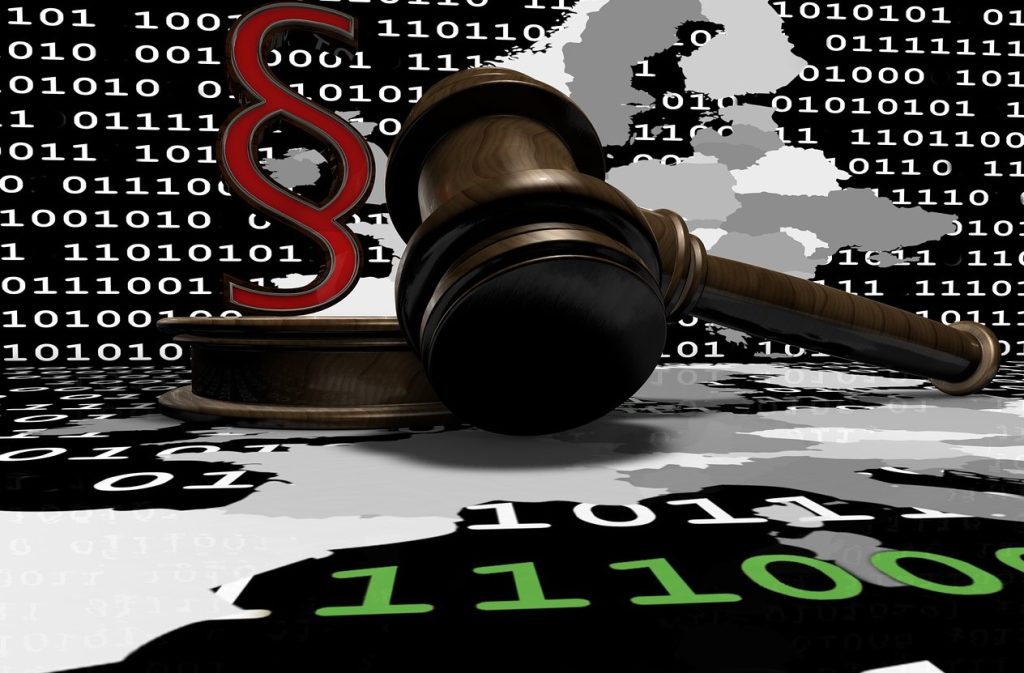Photutorial claims there are about 136 bln pictures on Google Images nowadays. And analysts predict this number will reach 382 billion by 2030. The point is that website owners publish more and more pictures on their sources. That’s because the human brain processes visual content up to 60,000 times faster than textual information, according to LinkedIn. Thus, it’s easier for online users to absorb info from images. Hence, site owners are able to attract more regular visitors to their sources by publishing catchy pictures.
Most successful internet platform holders employ services of online scraping images from website storage. This way, they can find unique ideas for visual content creation or just get fresh pictures that other site owners don’t have. Experts recommend ordering data extraction bot development only from reputable IT companies (like Nannostomus), though. Otherwise, you risk receiving low-quality services at too high a price. And now, let’s look at the key features online platform owners have to keep in mind when mining visual content on the internet.
Table of Content
Is Scraping Images From Websites Legal?
The legality of scraping images from websites depends on the type of visual content being mined. Copyright-free pictures can be used in various ways without restriction. Nevertheless, website owners should exercise caution when publishing a large number of such images on their platforms, as it can raise concerns about plagiarism and potentially lead to search engine penalties.
Copyrighted Image Mining
Scraping and publishing copyrighted visual content without proper authorization is strictly prohibited. However, there are still ways to leverage copyrighted images while adhering to legal guidelines. Website owners can use parts of copyrighted pictures to create their own unique images. In doing so, it is essential to acknowledge and credit the original authors or sources of the fragments used. This approach ensures proper attribution and respects the intellectual property rights of content creators.

Moreover, collecting copyrighted visual content for analysis purposes is permissible, provided that the research or analysis does not involve publishing the scraped copyrighted content. Website owners must exercise caution and avoid using copyrighted content in a manner that could lead to legal consequences.
Avoid Extracting Personal Visual Content

When engaging in web scraping for images, it is crucial to respect privacy and avoid extracting personal visual data. This includes personal photos of individuals, their family members, friends, as well as scans of passports, driver’s licenses, and similar documents. Furthermore, images that contain private contact information, such as emails or phone numbers, should also be off-limits for scraping. These types of data are typically protected by local legislation, such as the California Consumer Privacy Act (CCPA) and the California Privacy Rights Act (CPRA) in the United States, as well as international acts like the General Data Protection Regulation (GDPR) in the European Union. Failing to comply with privacy laws can result in legal consequences and damage to your platform’s reputation.
Best Practices for Scraping Images From Websites
To ensure a successful and ethical image scraping process, website owners should keep the following key considerations in mind:
- Moderate Scraping Requests: When developing a data extraction bot, it is crucial to set it to send a reasonable number of requests to the targeted online platform at a given time. Sending an excessive volume of requests can trigger protective mechanisms on powerful sources, leading to blockage or penalties. Conversely, bombarding low-capacity sites with numerous queries can cause them to become unresponsive, resembling a hacker attack. Finding the right balance is vital to avoid negative consequences.
- Handling Dynamic or Hidden Content: Some websites contain pages with dynamic or hidden content, requiring specific tools or techniques to extract images successfully. Website owners should explore tools and resources available from reputable IT companies, such as Nannostomus.com, to learn more about handling these scenarios effectively.
Conclusion
Leveraging visual content through web scraping can be a powerful strategy for attracting and engaging visitors on your online platform. However, it is essential to approach image scraping responsibly, adhering to legal and ethical guidelines. While copyright-free pictures can be utilized without restrictions, website owners should exercise caution when dealing with copyrighted images, ensuring proper attribution and avoiding any publishing that could lead to legal trouble. Additionally, respecting privacy laws and refraining from extracting personal visual content is critical to maintaining compliance and protecting user data. By following these best practices and guidelines, website owners can harness the potential of web scraping images to enhance their online platforms and drive increased traffic and engagement.
Frequently Asked Questions (FAQs) – Web Scraping Images and Visual Content
Is web scraping images from websites legal?
The legality of web scraping images depends on the type of visual content being scraped. While copyright-free images can be used without restrictions, scraping and publishing copyrighted images without proper authorization is prohibited. It is important to respect intellectual property rights and adhere to copyright laws when engaging in image scraping activities.
How can visual content benefit my website and increase traffic?
Visual content offers numerous benefits for your website. It captures attention, enhances user experience, and helps convey information more effectively. By incorporating appealing images, you can make your content more engaging and shareable, attracting more visitors to your website. Additionally, visually appealing content has a higher chance of being shared on social media platforms, which can further amplify your website’s visibility and drive traffic.
Can I use copyrighted images for my own content creation?
Using copyrighted images without proper authorization is generally not allowed. However, you can use parts of copyrighted images to create your own unique visuals, provided that you give proper attribution and credit to the original authors or sources. By doing so, you respect intellectual property rights while still incorporating elements from copyrighted images into your content.
What are the ethical considerations when scraping copyrighted images?
When dealing with copyrighted images, it is crucial to respect the intellectual property rights of content creators. Avoid scraping and publishing copyrighted images without permission, as it can lead to legal consequences. Instead, focus on using copyrighted images as inspiration for your own content creation, ensuring proper attribution and crediting the original authors or sources when necessary.
What are the consequences of publishing copyrighted images without permission?
Publishing copyrighted images without permission can result in legal repercussions, including copyright infringement claims and potential financial penalties. It is essential to obtain proper authorization or use copyright-free or Creative Commons-licensed images to avoid legal trouble and protect the integrity of your website.
Should I avoid extracting personal visual content during web scraping?
Yes, it is highly recommended to respect privacy laws and avoid extracting personal visual content during web scraping. Personal photos, scans of identification documents, and images containing private contact information should be off-limits for scraping. Such data is protected by local legislation, like the California Consumer Privacy Act (CCPA) and the General Data Protection Regulation (GDPR) in the EU. Adhering to privacy laws helps maintain compliance and safeguards user data.
What privacy laws should I consider when engaging in image scraping?
When engaging in image scraping, it is essential to consider privacy laws such as the California Consumer Privacy Act (CCPA) in the United States and the General Data Protection Regulation (GDPR) in the European Union. These regulations protect personal data, including images, and impose obligations on how such data can be collected, stored, and used. Respecting these privacy laws is crucial to maintain compliance and protect user privacy.
Are there specific tools or techniques for successful image scraping?
Yes, there are various tools and techniques available for successful image scraping. Data extraction bots and web scraping software can automate the process, allowing you to efficiently gather images from websites. Reputable IT companies, like Nannostomus, offer services and tools tailored for effective web scraping. Exploring these options can simplify and optimize your image scraping efforts.
How can I ensure compliance with GDPR and other privacy regulations while scraping images?
To ensure compliance with GDPR and other privacy regulations, it is important to handle personal data, including images, with care. Only scrape and use images that are legally accessible and comply with relevant privacy laws. Obtain proper consent when necessary and implement data protection measures, such as anonymizing or securely storing any collected personal information. Regularly review and update your data handling practices to align with evolving privacy regulations and best practices.
